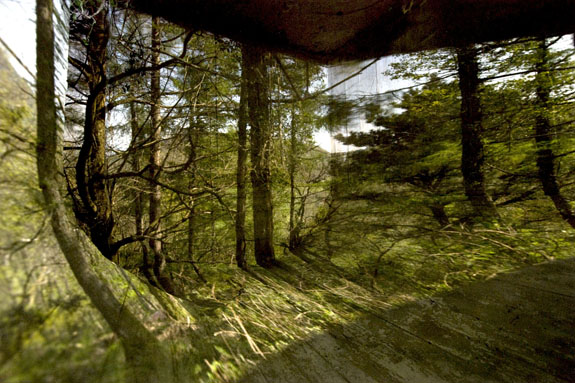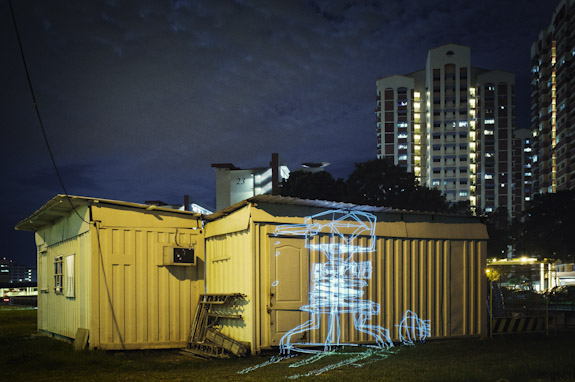
The need to manage, build and occupy space takes us from ancient times to the present, as we modify our environment to suit our needs. The overbuilt city engulfs us, drags us and pushes us. While building this landscape, we have accumulated many places that observed from a distance, and when not in use, are shown to us as strange, even absurd. These spaces, converted into places with no name, and no apparent function, lose the power of what they have been designed for, and build up in every city.
I wonder what these places look like illuminated at night. All are places built for the development of society, for their alleged welfare. Spaces used to move, to direct, to entertain; places all having functions and often necessary for our development as a society. But then what good are they at night? Why are they still working? Why are there so many and why are they there, as if someone had turned on the power to use?
— Llorenç Ugas Dubreuil, Barcelona, Spain







